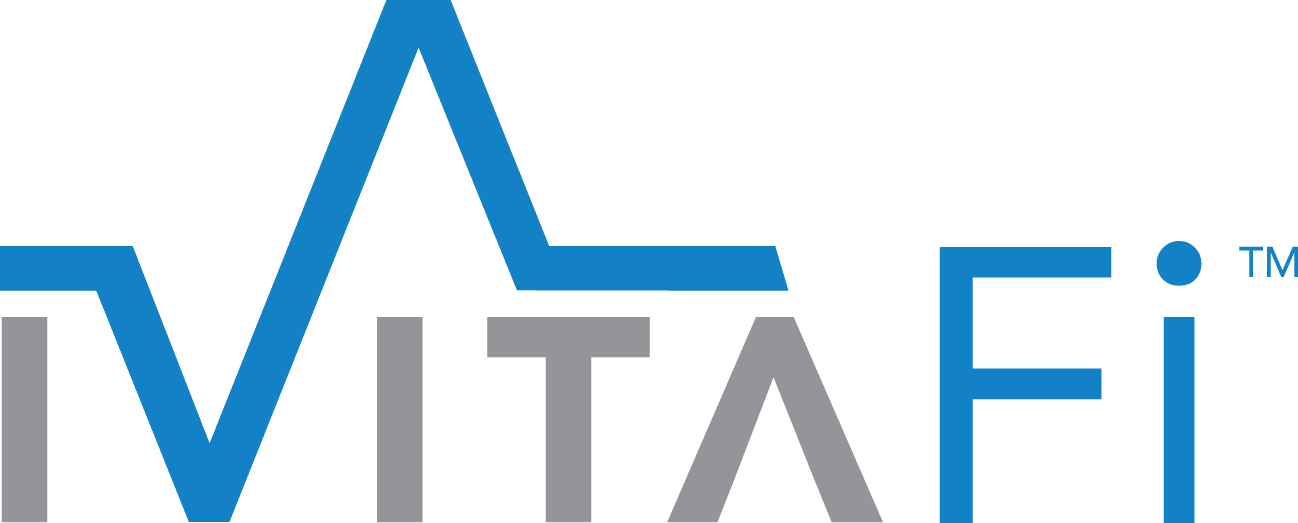Securing the revenue cycle and cash flow is now more important than ever, especially as patient financial responsibility continues to climb. Non-recourse lending is a great option for healthcare providers and hospitals wanting to improve self-pay collections, reduce bad debt on patient accounts, and improve the patient financial experience.
Below are commonly asked questions and answers about non-recourse lending in healthcare.
- What is non-recourse lending in healthcare? A non-recourse loan is a financing plan used to help patients pay their healthcare costs over time (terms and conditions apply). Most non-recourse lenders disburse funds directly to the hospital or health system to pay the patient’s outstanding balance not covered by insurance and charge a management fee for the transaction to the hospital. These types of patient loans are without recourse to the provider; if the patient does not pay back the loan, the financing company retains the account and pursues the unpaid balance directly with the patient.
- What are the primary benefits of a non-recourse lending program? The key benefits are increased cashflow, reduced patient bad debt write-offs and improved patient satisfaction.
- How is a non-recourse loan different than a recourse loan? In recourse lending, the vendor returns non-paying patient accounts to the hospital, meaning the hospital takes back the risk and pursues unpaid debts from those defaulted accounts. With non-recourse lending, the lending company keeps all patient accounts no matter their status and uses its own strategies for collecting remaining payments. Recourse lenders effectively take on less risk because if patients do not pay, the lender receives its money back from the hospital. Accordingly, there must be a reconciliation process between the recourse lender and the provider when a loan defaults and is returned to the provider, which adds complexity to an already challenging revenue cycle. The provider also has to maintain a contingent liability amount on their books for a recourse lending program in order to safeguard against the return of patient account balances.
- How do non-recourse loans differ from an in-house payment plan? Non-recourse lending resolves the amount of the patient’s liability after discharge, which is not the case with in-house payment plans. Non-recourse lending shifts the full financial risk of default away from the provider and resolves the loan amount on the patient’s account after discharge.
- Which is better for the patient experience, non-recourse or recourse lending? Non-recourse lenders manage the entire life of the patient account until it is resolved. That means they are more motivated to provide a higher level of customer service and a positive patient financial experience. A recourse vendor does not carry the same risk, nor are they motivated to maintain a relationship with that customer after the recourse trigger occurs and the account is returned to the provider.Most hospitals understand how a bad financial experience can impact patient satisfaction scores. By leveraging financing experts to manage the entire life of the patient account, hospitals can make certain patients are receiving the same level of care in their financial experience as they receive in their clinical experience. This helps protect the hospital’s reputation in the communities it serves, as well as its bottom line. According to analysis by a Deloitte Center for Health Solutions, hospitals with higher patient-reported experience scores have higher profitability.
- What makes a hospital a good fit for a non-recourse lending program? A non-recourse lending program is a good option for hospitals that do not have the capital necessary to maintain contingent liability for a recourse lending program. Those with below-average collection rates or limited billing capacity are also a good fit. A non-recourse lending program is also beneficial for hospitals that have a patient population with a high percentage of bad debt.
High-performing hospitals seeking to reduce self-pay liability may also want to look closely at how a non-recourse lending program could positively impact their self-pay patient account portfolio. A data study can be conducted to provide this analysis so revenue cycle leaders can understand the impact a non-recourse lending program might have on their organization. - Why would a provider be willing to reduce the amount they could collect from a patient by paying a fee to a lender? First, not all patient accounts may be a fit for a loan or line of credit. The hospital is in control of which patient accounts are offered a lending program, including in-house payment plans. Second, the provider’s costs associated with a non-recourse financing program for each loan could be much less than the cost of continuing to manage the patient account in-house. Ultimately, implementing a non-recourse lending program helps providers reduce accounts receivable as well as patient bad-debt write-offs.
- Isn’t offering the patient an in-house payment plan achieving the same goal with the patient account? Although patients may not be able to tell the difference, in-house payment plans increase the hospital’s financial risk as account balances must be carried longer on the books. Also, in-house payment plans do not improve cash flow because accounts are not resolved after discharge as they would be with a non-recourse lending program. In addition, in-house payment programs require significant resources to administer. Patient financing vendors assume that entire servicing responsibility, which includes data entry, processing return fees, acquiring new credit or debit card information after the one on file expires, and managing the large volume of calls needed to make a payment plan program successful. Patient financing vendors also can administer a large volume of plans effectively, yielding higher collection rates, cash flow and, in many cases, patient satisfaction scores.
Non-recourse lending programs are a great option for hospitals wanting to reduce patient bad debt, improve cash flow and increase patient satisfaction. To learn more about the differences between key patient financing strategies, please check out this infographic.
Contact iVitaFi today to discuss non-recourse financing options for your patient population. We can also perform a data study to identify the financial improvements that can be gained with a non-recourse lending program. Our program provides a no-interest line of credit for patients of all credit profiles, helping our partner hospitals throughout the U.S. improve cash flow and reduce patient bad debt. We help patients pay for their out-of-pocket costs, keeping them on the path toward complete physical and financial wellness.

